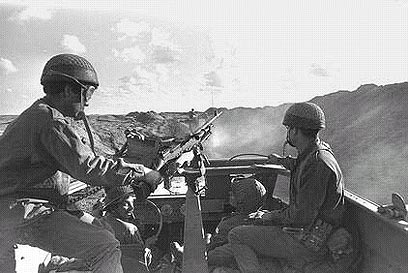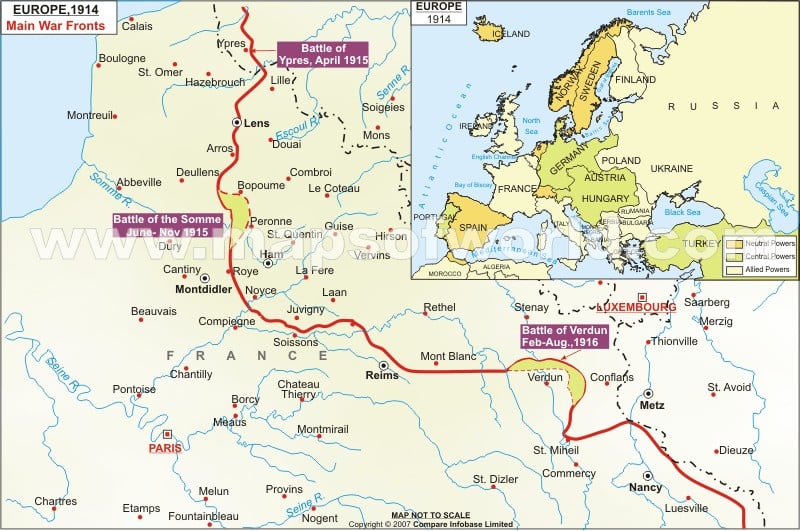Today in Social Sciences....
José Mari has told to us that today is the day when Hittler and his wife committed suicide. So, Paqui has explained why they committed suicide. She has also told us that Hittler's craneum is in a warehouse.
After that, Jose Mari has wanted to sing the "Mayos" a Spanish typical song to Paqui.
Paqui has recommended to see a film called Der Untergang, it's a film about Hittler and the Second War World.
Later, Paqui has asked to us: Why did Germans finally surrender? But we didn't know it, so, Paqui has expalined that:
- Their enemies had more power than them.
- Their allies surrendered.
- Their fear for a Revolution.
For all this problems they surrendered and they signed the armistice in the Campiègne Forest, a train wagon, at Rethondes, on 5h 11th of November; but the official ending was at 11h on 11th of November.
With this information, Paqui has remembered that in 1940, Hittler invaded France and he looked for the wagon for a revenge of Germany to France. So Campiègne Forest was used for two different armistices.
Also, Paqui has explained why the republic was proclaimed on Germany on the 9th of November: the government was afraid of a Communist revolution, similar to the one happened in Russia and that’s why they decided to surrender. The Kaiser fled to Holland and the Republic was proclaimed. The army said that the politicians had given a stab in the back to them so they did the same and a communist revolution started.
Paqui has told us the the end and punishment of the WW1 were the causes of the WW2.
At the same time.... a chair has fallen down. All the memories of the falls of the members of the class have appeared in a second.
After this we have come back to the WW1, in the Conference of Paris the losers were not allowed to attend to this conference.
This is all we have done in the lesson of Social Sciences.
And for homework we have to do a scheme about the Conference of Paris and the consequences of the WW1.
But before the class has finished, we have set the date of the exam.... on 14th of May. The exam include a lot of contents : Age of Empires, Goya and the WW1.
Happy long weekend!!!







.jpg)




















 Situation at the 1st stage of WW1.
Situation at the 1st stage of WW1.